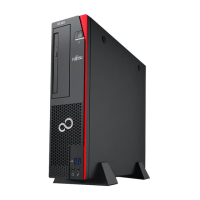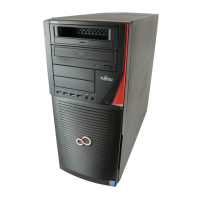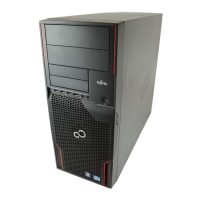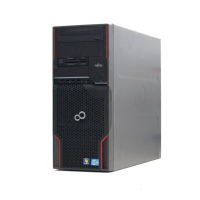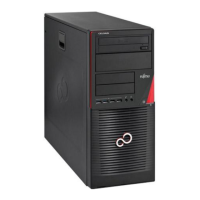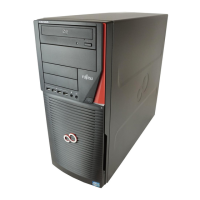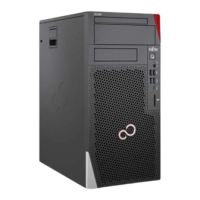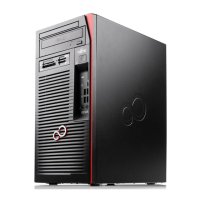What to do if the power-on indicator is unlit on my Fujitsu CELSIUS J550 Desktop?
- FfclarkAug 1, 2025
If the power-on indicator of your Fujitsu Desktop remains unlit after switching on the device, it could be due to a faulty mains voltage supply or an overloaded internal power supply. First, check if the power cable is properly plugged into both the device and a grounded mains outlet. If that doesn't work, unplug the device from the mains outlet, wait approximately 3 minutes, then plug it back into a grounded outlet and switch the device on again.
